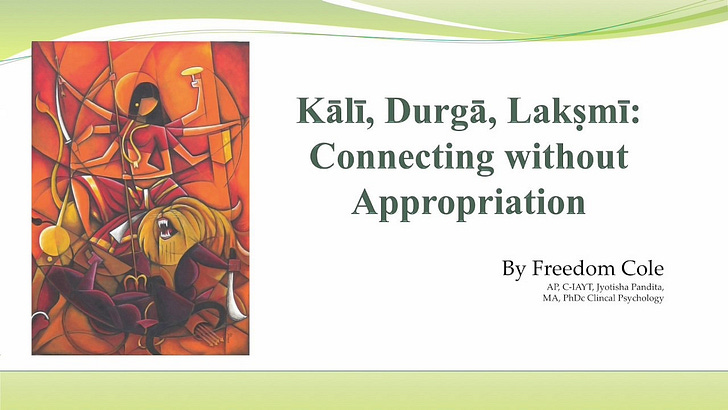Cultural Appropriation and the Goddess
A talk about the three Hindu goddesses, Kali, Durga and Lakshmi
Happy New Year!
I hope 2023 is an auspicious year for each and everyone of you.
As a little New Year’s gift, I’m sending you a video from my teacher Freedom Cole called “Kālī, Durgā, Lakshmī: Connecting without appropriation.” In his talk, he says many insight things about cultural appropriation, how it should be defined (and why this is important) and h…
Keep reading with a 7-day free trial
Subscribe to Crossroads Astrology to keep reading this post and get 7 days of free access to the full post archives.


